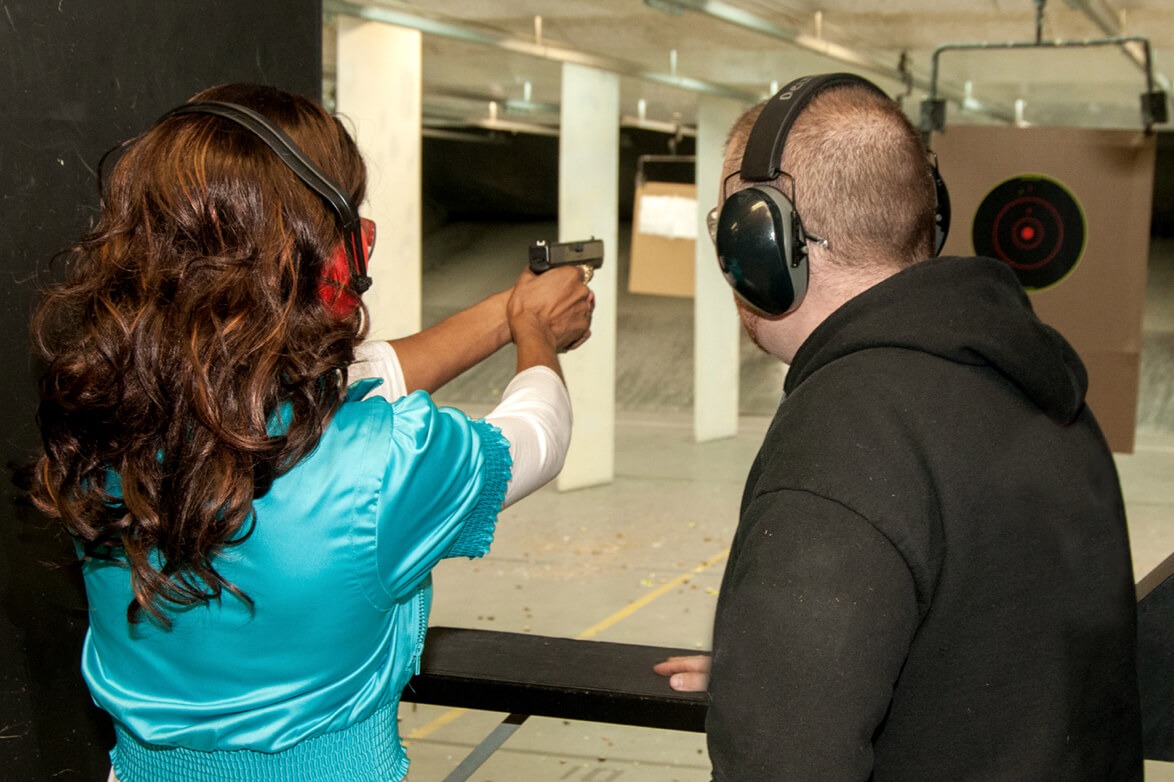 Back to News
Back to News
June 17, 2015
Firearm Inventory Counts and Reconciliation — Compliance Secret No. 1
When we as members of NSSF’s FFL Compliance Consultant Team are out in the field with NSSF members during a compliance consultation visit, the question will often come up, “What’s one big secret to compliance?”
We do have one, though it’s not really a secret. The “secret,” if you will, is about conducting careful inventory of your firearms on a consistent basis.
The last thing you want as a dealer is to be surprised by an ATF agent arriving for a compliance inspection, having him conduct an inventory of your firearms and then have that agent be the first person to determine you’re missing firearms or have firearms inside the licensed premises that are not properly acquired into the A&D book. There’s only one way to avoid this scenario and that’s by regularly conducting inventory and reconciliation yourself.
I’ve heard many excuses over the years for not conducting inventories and reconciliation. These have included “I don’t have time,” “We’re planning one soon,” “We still haven’t found all the unaccounted firearms from our last inventory,” “We’re too busy,” “All our customers and employees are honest, so there can’t be any firearms missing,” “We have been in business over 50 years and haven’t lost a firearm yet,” and the best one yet, “I can tell by looking around the store we don’t have any firearms missing.”
You might be saying by now, “All right, I hear you about inventory. How do I get started?” Here are some suggestions:
- If it’s been a while since your last inventory, pick a time during non-business hours so that you can concentrate without interruption.
- Have someone there to help you by calling out make, model and serial numbers as you search your A&D book entries, or vice versa. If you are using electronic A&D books, print out all open entries for this exercise.
- Begin your inventory assessment by matching all open entries to an actual firearm or, conversely, by checking all on-hand guns to the open entries in the A&D book. It doesn’t matter which way you do it, so long as you perform the inventory one way.
What do you do at the inventory if you have an open record in the A&D book but no firearm to match? This is where reconciliation comes in. The following are a list of possible explanations for the missing firearm to evaluate.
- Was a sale was made and not recorded properly in the A&D book?
- Was a firearm sent out for repair and that transaction not recorded in the A&D book?
- Is the firearm in what you thought was an empty box in the back room?
- Was a firearm transferred to another FFL and not properly entered into the A&D book?
- If it was a rental gun from your rental case, did a customer accidentally (or not so accidentally) take it home with them?
Once you have exhausted all these avenues and you still cannot locate the firearm in question, there are certain steps that must immediately be taken.
- You have 48 hours to report the missing firearm to the ATF. Call 1-888-930-9275 to make a missing firearm notification and receive an incident number.
- Once you have an ATF incident number, fill out ATF Form 3310.11 and fax it to 1-304-260-3676.
- Notify local law enforcement of the missing firearm.
- Make the necessary entry into the disposition section of your A&D book, listing the ATF incident number.
- If the firearm is later located, make the same notifications in reverse so the records are updated at the ATF and with local law enforcement.
In a converse situation, you may end up with firearms on the rack that are not in the A&D book. Here’s how to handle those:
- Check your commercial records of receipt.
- Is it a used gun that came in the door but didn’t get entered?
- Is it a repair gun awaiting the gunsmith?
- Is it a junk gun waiting to be destroyed?
- Once you’ve determined why the gun is in your store and how it got there, be sure and make the necessary acquisition into the A&D book.
Taking inventory is not always easy or quick, though things like using a scanner to read a hang tag on each firearm and electronically match to open entries can make the burden less so. Regardless of your method, the message you should be getting from this is that conducting inventories is an important part of any firearms business.
Once you realize that regularly taking inventory of your store’s firearms is primary to maintaining your store’s compliance, you next need to determine how often you should conduct those counts. Have you discovered you have missing firearms in the past? Then maybe monthly inventories work best for you. Or maybe you have a crackerjack staff and a large on-hand inventory and so quarterly or annual reviews work well for you. However, if you’re leaning toward a longer gap in between counts, consider this: The longer you wait between inventories the more records you have to go through in each count. Even more importantly, the harder it will be to ascertain just how a missing gun got that way — and the more difficult things are going to be for you when you have to explain your situation to the ATF and local law enforcement. My safe bet? Do your count monthly and do it right each time. Sure beats an ATF inspector saying to you, “I can’t find this gun, do you know where it is?”
You may also be interested in: Avoid Inventory Catastrophe: Know How Much to Buy and When
About the Author
Bill Napier is a member of NSSF’s retail compliance consultant team. He has more than 30 years experience in retail loss prevention, passionately serving others in leadership roles such as site manager, corporate manager and director. Businesses have included small and growing retail chains as well as a Fortune 1000 company. For more than 18 of those 30 years, Napier has been in the retail outdoor arena with responsibility for ATF compliance and firearms related investigations. He often serves as a guest speaker at NSSF’s SHOT Show, as well as at gatherings of the National Retail Federation (NRF), Retail Industry Leaders Association (RILA), Retail Technology (RETECH), ASIS International and The Loss Prevention Foundation, and he has spent more than 20 years in municipal law enforcement as a uniformed patrol officer, detective and supervisor. Additionally, Napier has been a state-certified law enforcement instructor and he serves as a Hunter Education instructor in Nebraska, on the ASIS Retail Loss Prevention Council, is a member of the Subject Matter Expert Committee and serves on the board of directors for The Loss Prevention Foundation.
Categories: Featured, Ranges, Retailers, Top Stories









